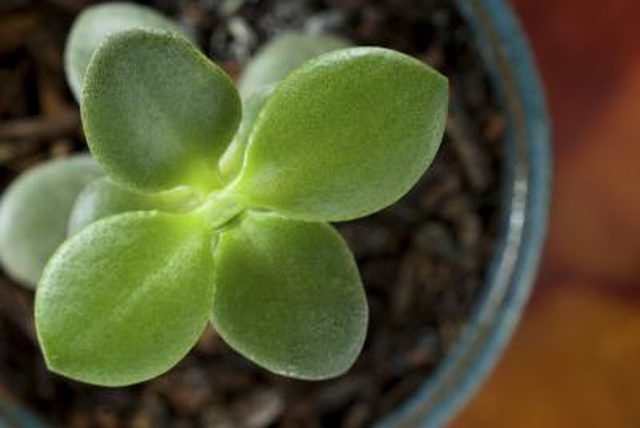Bulbs
Flower Basics
Flower Beds & Specialty Gardens
Flower Garden
Garden Furniture
Garden Gnomes
Garden Seeds
Garden Sheds
Garden Statues
Garden Tools & Supplies
Gardening Basics
Green & Organic
Groundcovers & Vines
Growing Annuals
Growing Basil
Growing Beans
Growing Berries
Growing Blueberries
Growing Cactus
Growing Corn
Growing Cotton
Growing Edibles
Growing Flowers
Growing Garlic
Growing Grapes
Growing Grass
Growing Herbs
Growing Jasmine
Growing Mint
Growing Mushrooms
Orchids
Growing Peanuts
Growing Perennials
Growing Plants
Growing Rosemary
Growing Roses
Growing Strawberries
Growing Sunflowers
Growing Thyme
Growing Tomatoes
Growing Tulips
Growing Vegetables
Herb Basics
Herb Garden
Indoor Growing
Landscaping Basics
Landscaping Patios
Landscaping Plants
Landscaping Shrubs
Landscaping Trees
Landscaping Walks & Pathways
Lawn Basics
Lawn Maintenance
Lawn Mowers
Lawn Ornaments
Lawn Planting
Lawn Tools
Outdoor Growing
Overall Landscape Planning
Pests, Weeds & Problems
Plant Basics
Rock Garden
Rose Garden
Shrubs
Soil
Specialty Gardens
Trees
Vegetable Garden
Yard Maintenance
How to Care for a Jade Plant
How to Care for a Jade Plant. Jade (Crassula ovata, syn. Crassula argentea) is a gem of a plant that requires little care. It’s a perennial in U.S. Department of Agriculture plant hardiness zones 10 through 11, but elsewhere it’s grown as a houseplant. Jade has lots of green appeal because it is forgiving of poor soil, dry homes and...

Jade (Crassula ovata, syn. Crassula argentea) is a gem of a plant that requires little care. Itís a perennial in U.S. Department of Agriculture plant hardiness zones 10 through 11, but elsewhere itís grown as a houseplant. Jade has lots of green appeal because it is forgiving of poor soil, dry homes and infrequent watering.
Light and Temperature
As a native of South Africa, jade prospers in warm environments. It performs best when daytime temperatures are between 65 and 75 degrees Fahrenheit and nighttime temperatures are between 50 and 55 degrees F. Because of its sensitivity to cold temperatures, move plants away from drafty windows in the winter. Jade is responsive to bright light, some sunlight and even shady locations, but it prefers four hours of direct sun daily if grown outside, and bright light in a south-facing window if grown indoors. In full-sun areas during hot summers, provide some afternoon shade.
Water and Humidity
As a succulent, jade stores water in its fleshy leaves and stems, reducing its watering needs. It requires only a moderate amount of water and prefers soil that dries between waterings. Soggy soil causes jadeís roots to rot, causing plant death. Conversely, too little water causes the leaves to spot or drop, and it can also lead to plant death. In the fall and winter, jade needs a resting period during which you can water it less frequently. Jade thrives in low humidity, so you do not have to mist it.
Soil and Fertilizer
Plant jade in a potting mix formulated for succulents that provides good drainage, typically a blend of peat moss, sand, and vermiculite or perlite. Jade plant is not a heavy feeder. Apply a liquid or water-soluble houseplant fertilizer such as 10-10-10 only once every three months. After you repot a jade plant, wait four months before fertilizing it. Typically, you mix 1/4 teaspoon of water-soluble fertilizer in a gallon of water, but follow specific label recommendations. Water garden plants until the soil is saturated but not soggy, and water container plants until the water runs out of the drainage holes.
Pests and Pruning
Jade plant is bothered by few pests. Mealybugs are occasionally bothersome, but you can easily remove them by dabbing them with cotton swabs soaked in alcohol. Donít use insecticidal soap because it may injure jade plant. Jade plant is not prone to disease, but it suffers root rot if you water it too much. Jade branches naturally and typically you donít have to prune it to shape it, but you can cut it back if it overgrows its bounds and it will branch out again. Disinfect pruning tools by soaking them for five minutes in a solution of three parts water and one part household pine-oil cleaner. Rinse pruners with water before making any cuts on the plant.